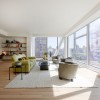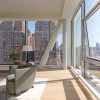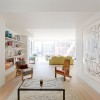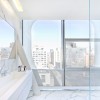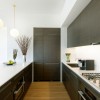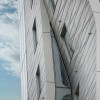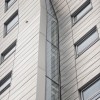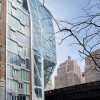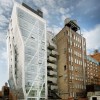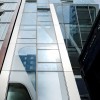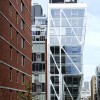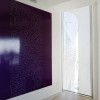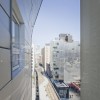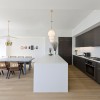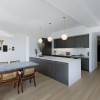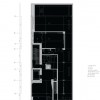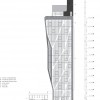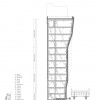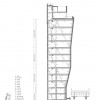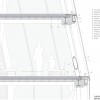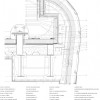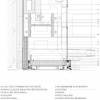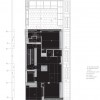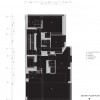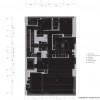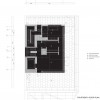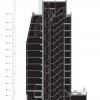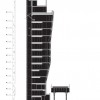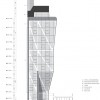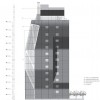This summer, the second portion of the High Line will open between West 20th and 30th Streets along the west side of Manhattan. An elevated railway had been abandoned for decades, a piece of urban detritus with grass growing between the tracks. Now it is teeming with wildflowers, having recently been transformed into an urban park known as the High Line, designed by James Corner Field Operations and Diller Scofidio + Renfro. The surrounding West Chelsea neighborhood, a popular location for art galleries and nightclubs, has experienced a surge in development in the form of luxury residential towers, pressing westward to claim views of the High Line. The HL23, located at West 23rd Street and 10th Avenue, not only succeeds in pushing to the front of the line, it billows over.
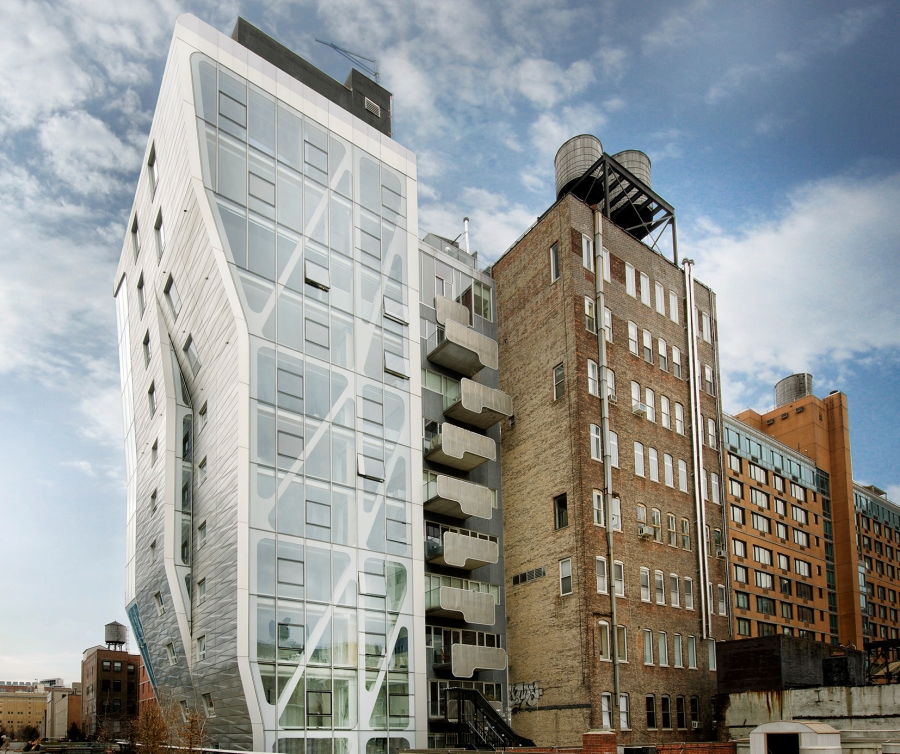
HL23 was designed by Los Angeles-based Neil M. Denari Architects (NMDA). Denari is originally from Texas, and he worked briefly for notable New York firms before establishing his own practice in LA and teaching at SCI-Arc, among other prestigious architecture schools. He is known more for his theoretical concepts, expressed through intricate drawings and models, than his portfolio of built work Ė mostly interiors and small-scale residential projects. HL23 is, in fact, Denariís first freestanding building. It is ironic that an LA architect would accomplish such a feat in NYC, a city that thrives on adaptive reuse.

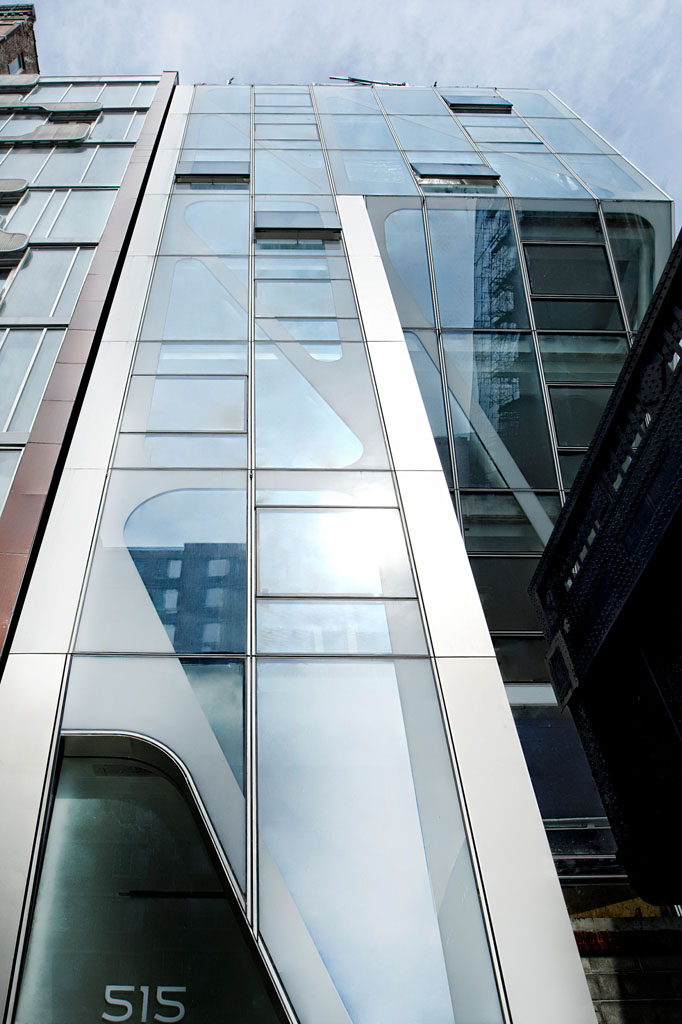
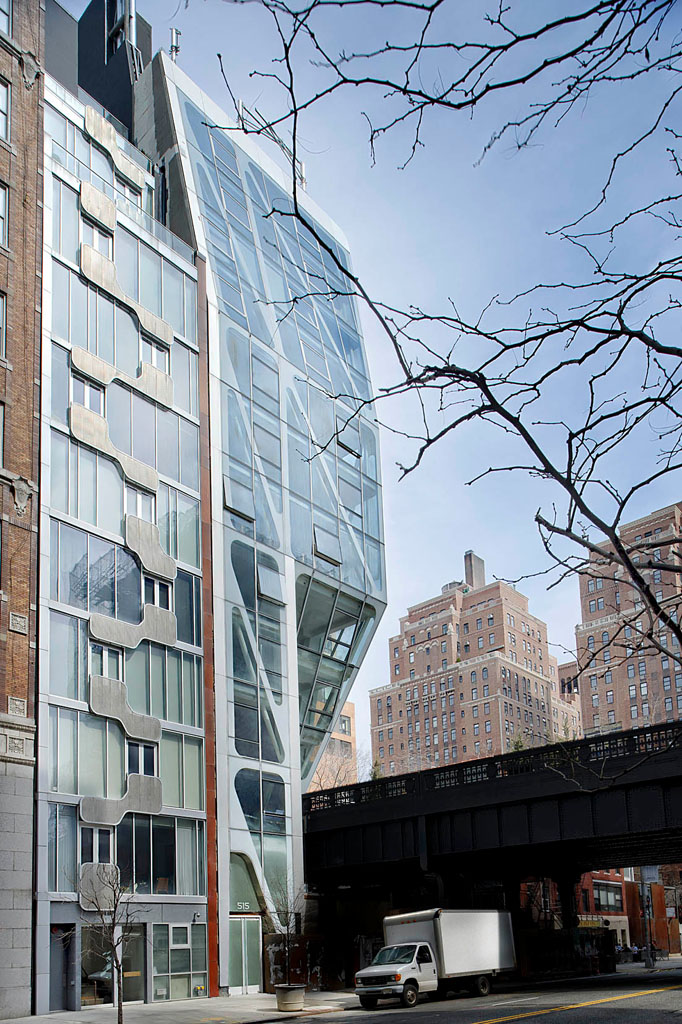
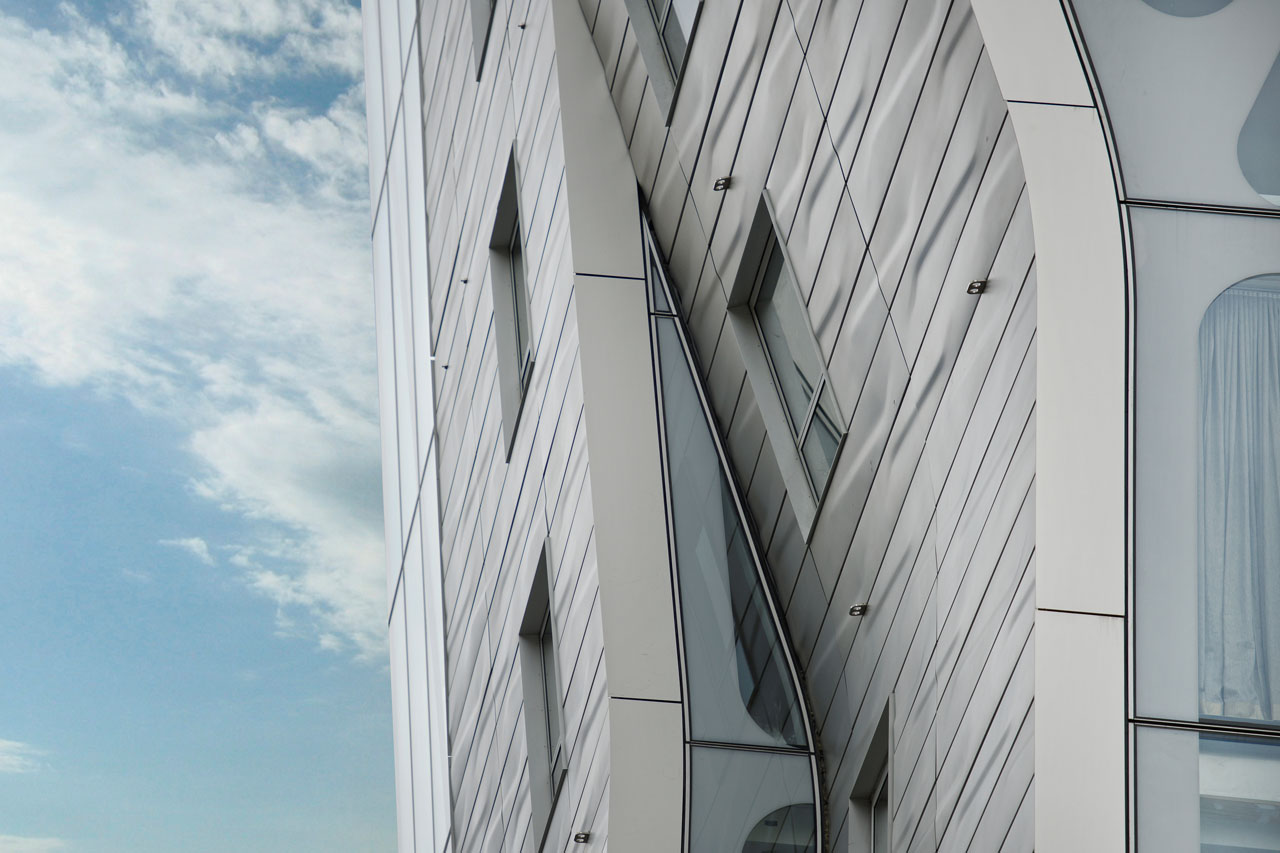
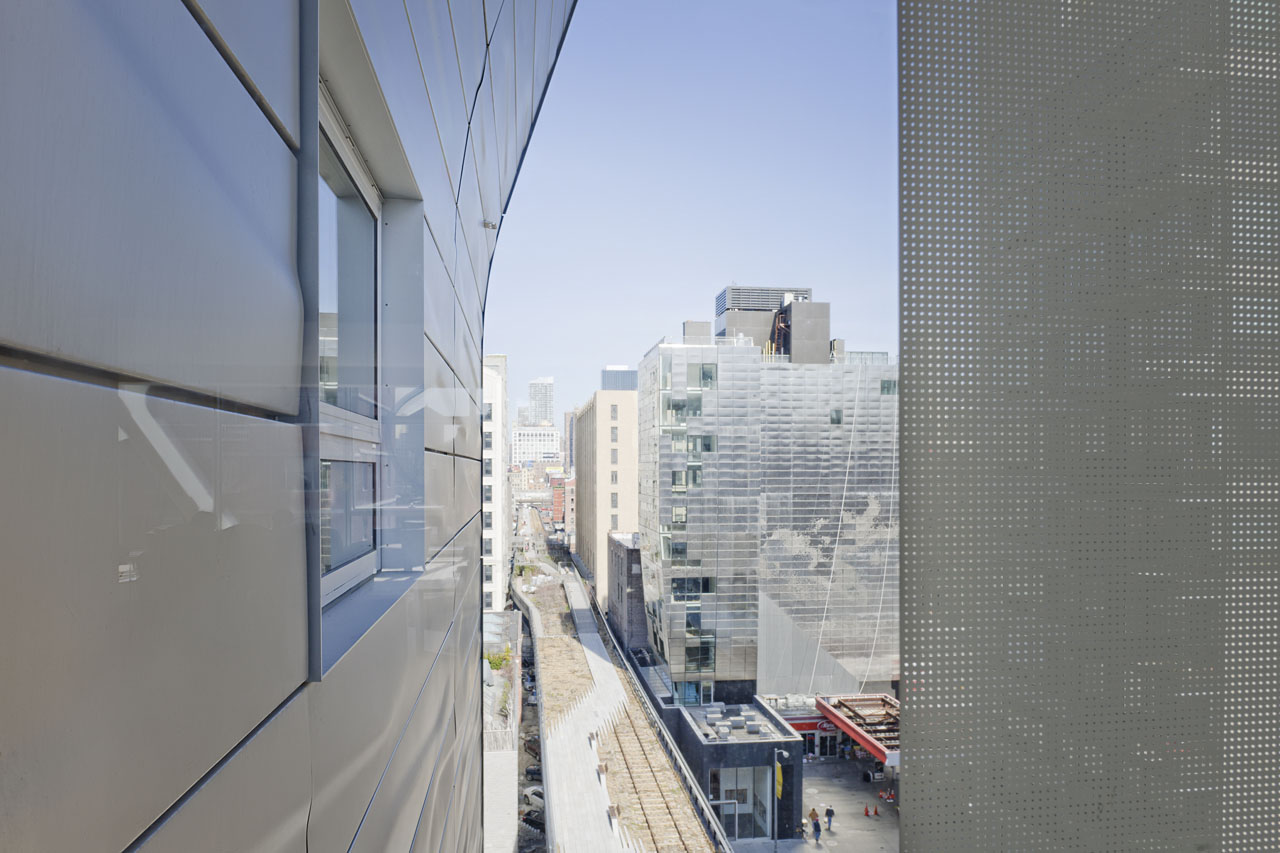
Denari also has a background in aeronautics; he once interned for the company now known as Airbus and was recently selected as the designer for a new budget airline in Japan. This interest manifests in the form and articulation of HL23, which seems more machine than multi-unit dwelling. Contrary to the typical high-rise form, which tapers from a wide base to a narrower summit, HL23ís form swells upward and outward in response to the zoning envelope and looms above the High Line. The footprint is only 40' by 99', but the billowing building gains 40% additional square footage in upper floors, although the 14-story, 40,000 sq. ft. structure contains only 11 units. Each unit spans a full floor; a a duplex penthouse occupies the top two stories.
In order to preserve open interiors free from the interruption of columns, Denari designed the concrete and steel structure with perimeter cross-bracing. The north and south facades feature an aluminum curtain wall with ultra-clear glass, revealing the structural latticework and capturing coveted High Line and Hudson River views. In order to maintain some privacy for residents, Denari clad the west facade, which directly faces the High Line, with stamped stainless steel panels. These panels were made in a factory in Argentina that manufactures parts for Mercedes trucks. However, the rippling texture calls to mind something much softer, like fabric draped over a living form.
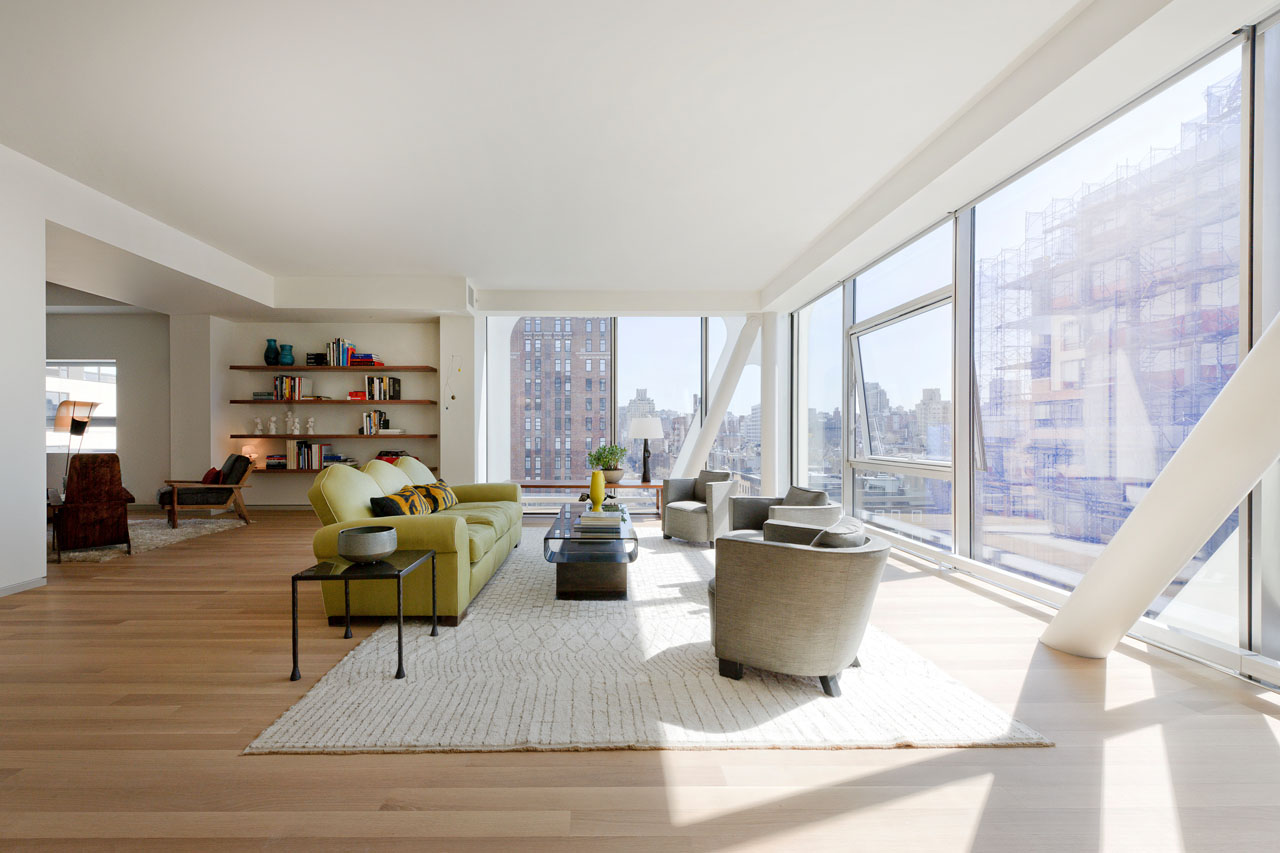
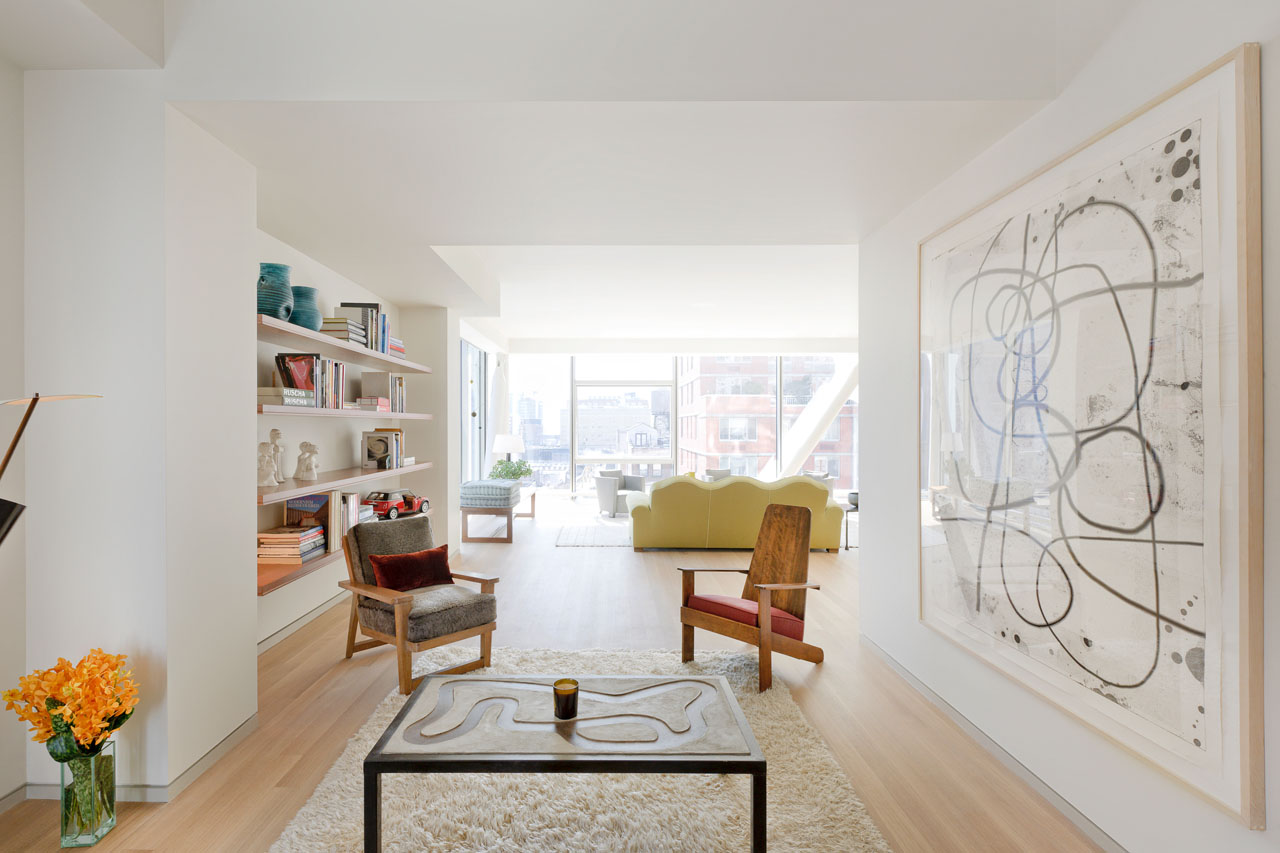



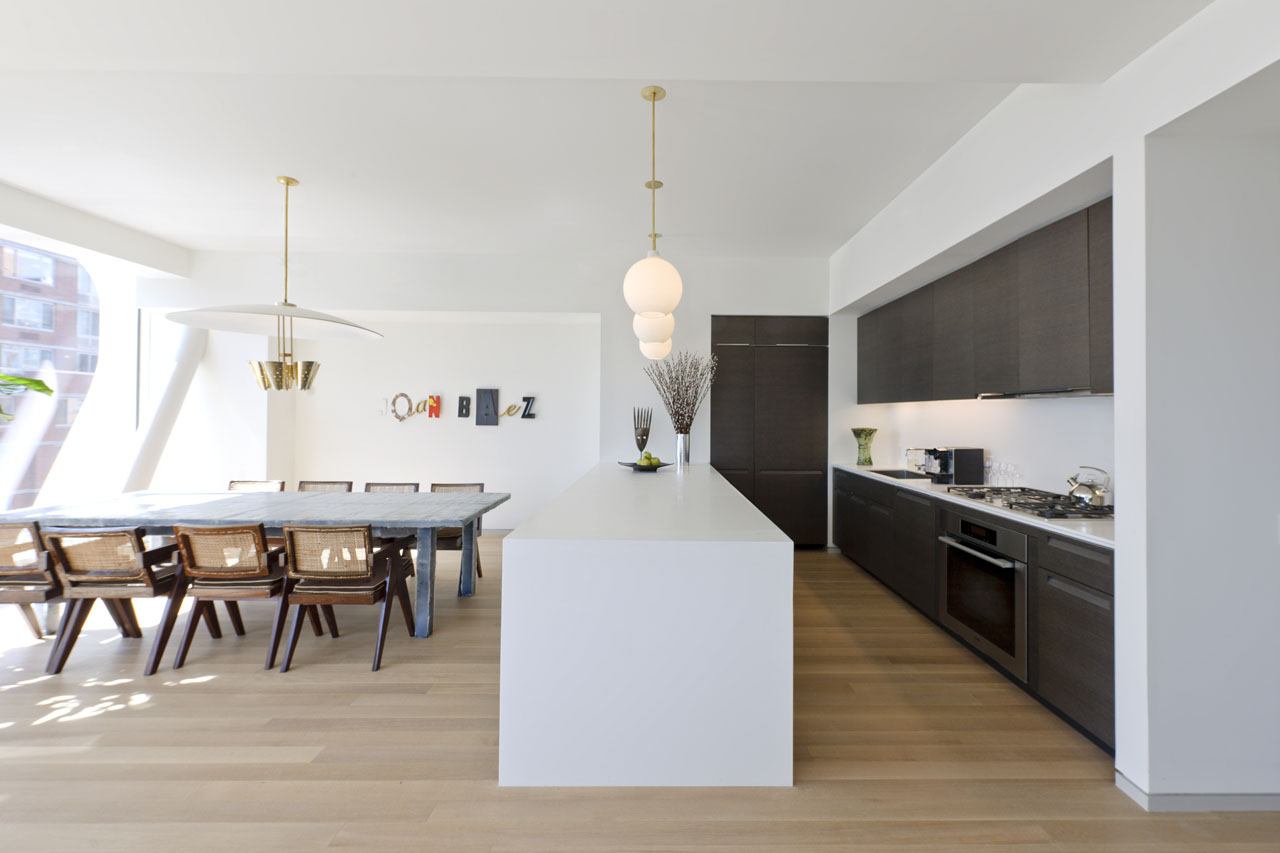
Denari handed over the reins for the design of the interiors to architect Thomas Juul-Hansen. The units feature appropriately luxurious and modern finishes such as rift-sawn or wide plank hardwood floors, Poliform kitchens with Miele appliances, and marble slab bathrooms with Nanz hardware. HL23 is also anticipated to achieve LEED Gold certification, thanks to its energy-efficient envelope and other sustainable features, like low-flow plumbing fixtures and recycled finishes. Although only a select few will gain access to its upper floors, HL23ís lobby will feature a specially commissioned piece by artist Joseph Kosuth and a gallery space with rotating exhibitions, in a nod to its Chelsea neighborhood.

Murrye Bernard
Murrye is a freelance writer based in New York City. She holds a Bachelor's degree in Architecture from the University of Arkansas and is a LEED-accredited professional. Her work has been published in Architectural Record, Eco-Structure, and Architectural Lighting, among others. She also serves as a contributing editor for the American Institute of Architects' New York Chapter publication, eOculus.
Website: www.murrye.com

